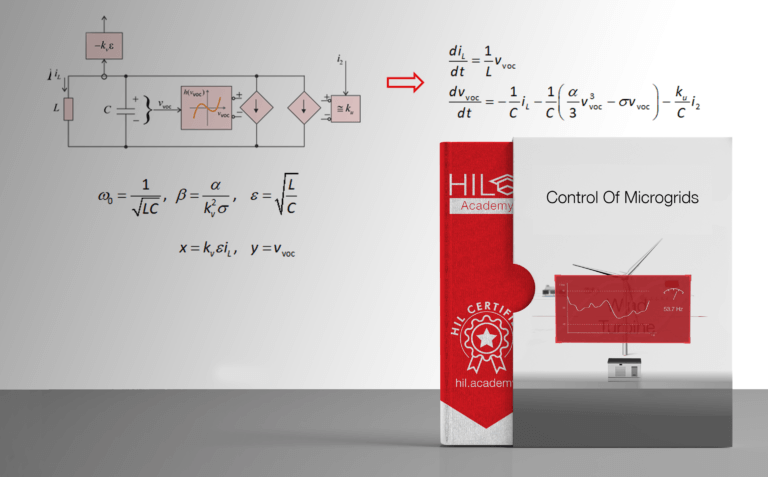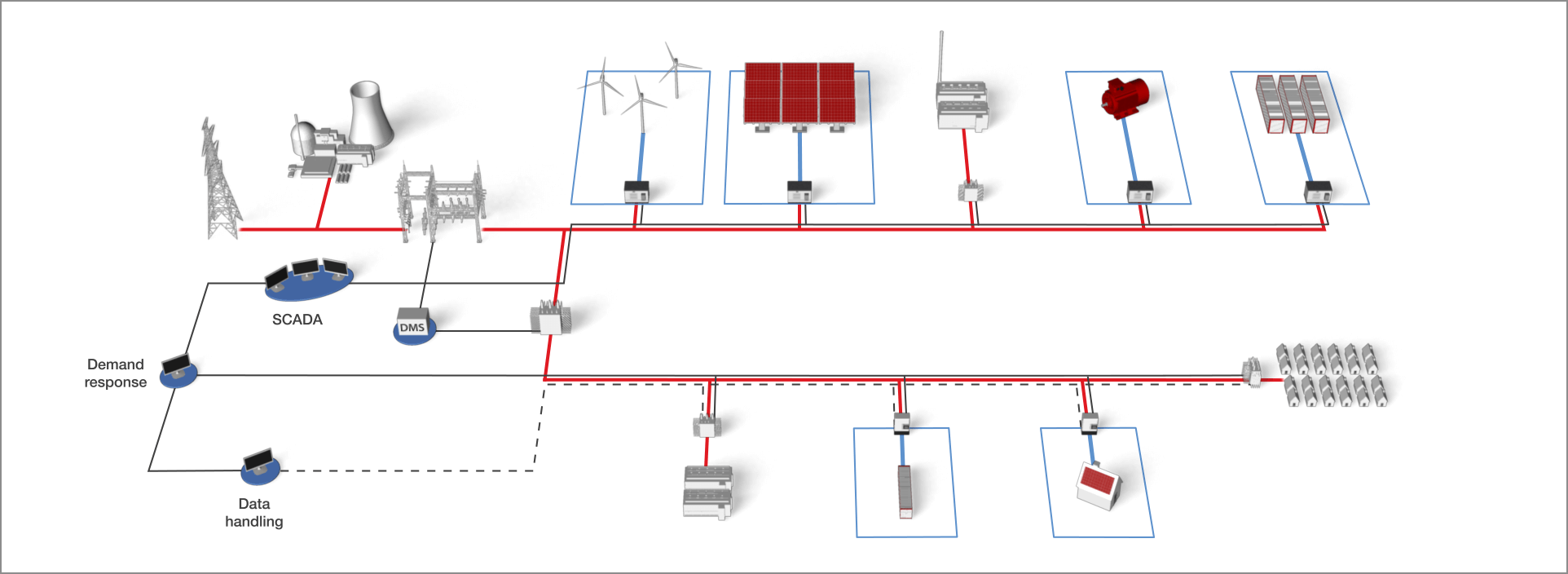A microgrid is a group of interconnected loads and distributed energy resources that can connect and disconnect from the grid to operate in grid-connected or island mode. Control Microgrids is a complex process that implies voltage and frequency regulation, real and reactive power control, load forecasting and scheduling, microgrid monitoring, protection, and black start. The Control Microgrids rely on information-communication technology and it is efficient and effective when it applies to different levels of operation. By controlling microgrids it is possible to provide reliable, secure, and economical operation of microgrids in either grid-connected or islanded mode. Primary techniques frequently used to control microgrids are:
- Droop Control
- Virtual Synchronous Generator
- Dispatchable Virtual Oscillator
Control Microgrids - Droop Control
Control Microgrids by using the droop technique is extensively adopted for both islanded and grid-connected modes of operation. The major challenges in droop are voltage regulation and proper current sharing. A droop-controlled converter typically employs a cascaded control structure including inner voltage and current control loops. This leads to distinct time-scale separation, at least an order of magnitude required between successive control loops. For high-power applications with low switching frequencies, this is difficult to achieve.
Virtual Synchronous Generator
This approach is based on mimicking the physical characteristics and controls of synchronous machines. Virtual Synchronous Generator is directed to:
- make the interaction between grid and generator as in a remote power dispatch.
- make the reaction to transients as well as the full electrical effects of a rotating mass
- provide primary reserve
- make wind and PV conversion systems to be regarded as conventional power stations, from the grid point of view
- make the inverter-based DER exhibit inertia and damping properties similar to conventional synchronous machines for a short time interval.
Dispatchable Virtual Oscillator
Dispatchable Virtual Oscillator control is a decentralized grid-forming control strategy that guarantees almost global asymptotic stability for interconnected grid-forming converters concerning nominal voltage and power set-points. This strategy exhibits a programmable droop characteristic in steady-state and it can be operated in inductive or in resistive grids. Dispatchable Virtual Oscillator can be easily implemented in three-phase systems as well.
Control Microgrids Requirements
There are three the most frequent control microgrids requirements:
- Communication-based control.
Distributed techniques are common in that they rely on the existence of some form of communication between a subset of units in a microgrid.
- Time variance and topological changes.
Communication links in a microgrid can be time-variant. Network topological changes and can affect all system performance.
- Low inertia and stability issues due to new components.
On the one side, a lot of interfaces can enhance the system’s dynamic performance, but on the other, they can also lead to severe excursion of voltage and frequency in islanded mode.
Control of Microgrids Course
This course will provide you with valuable knowledge and skills about the main types of controllers for grid forming inverters. Real-time simulations with Typhoon HIL will be presented to demonstrate and compare their performances using a test-driven design. This makes it possible to cover different operating conditions in an automated fashion, including steady-state and transient responses, in both grids, connected and island mode.
Learn more about the program here and if you have any additional questions feel free to contact us.




Responses
Are there more courses about designing a controller of a microgrid?